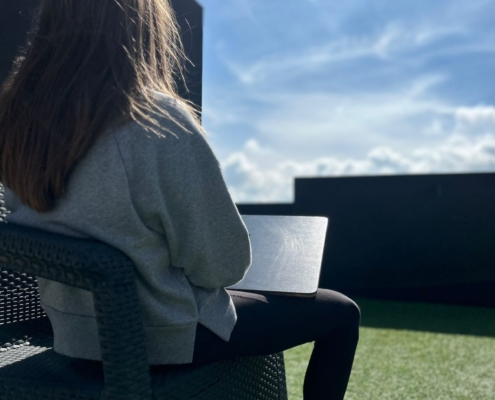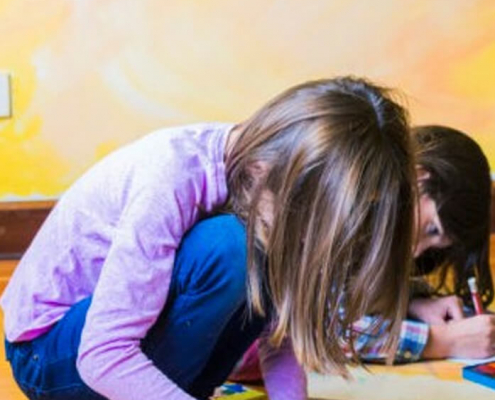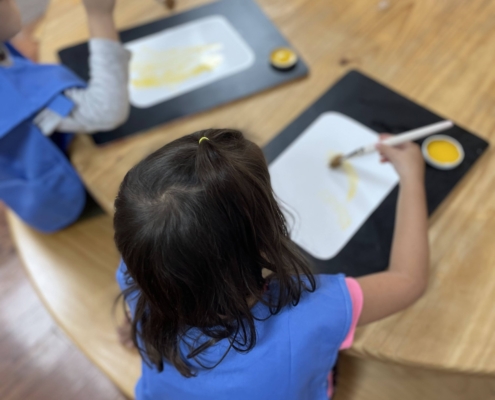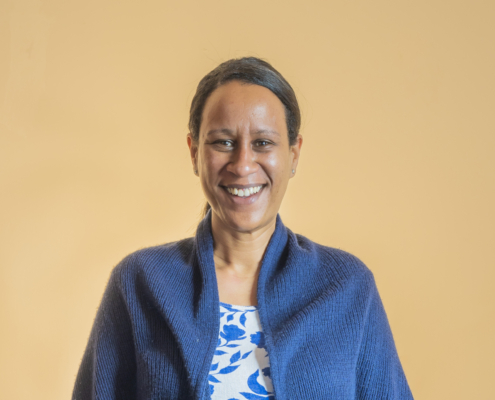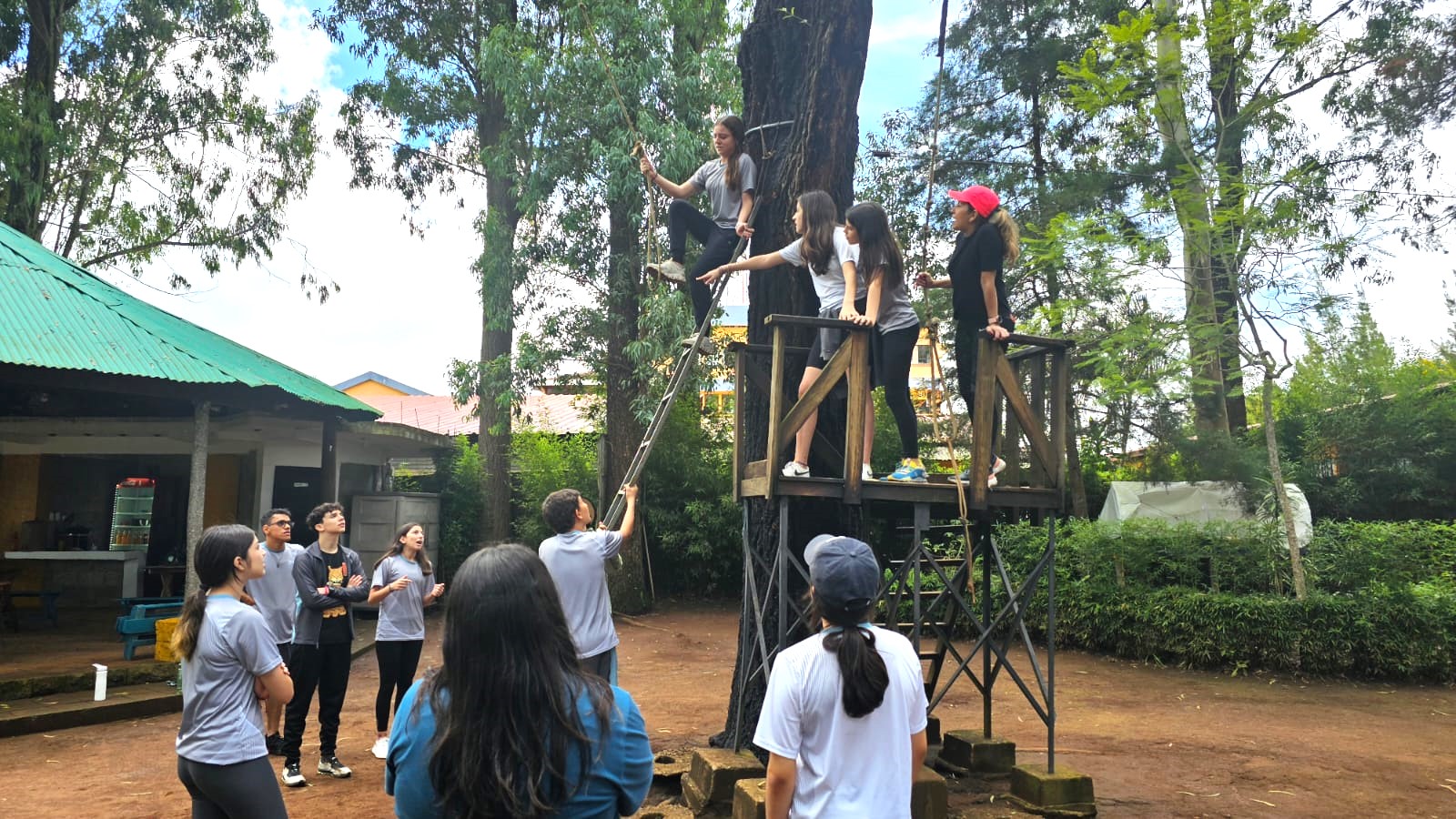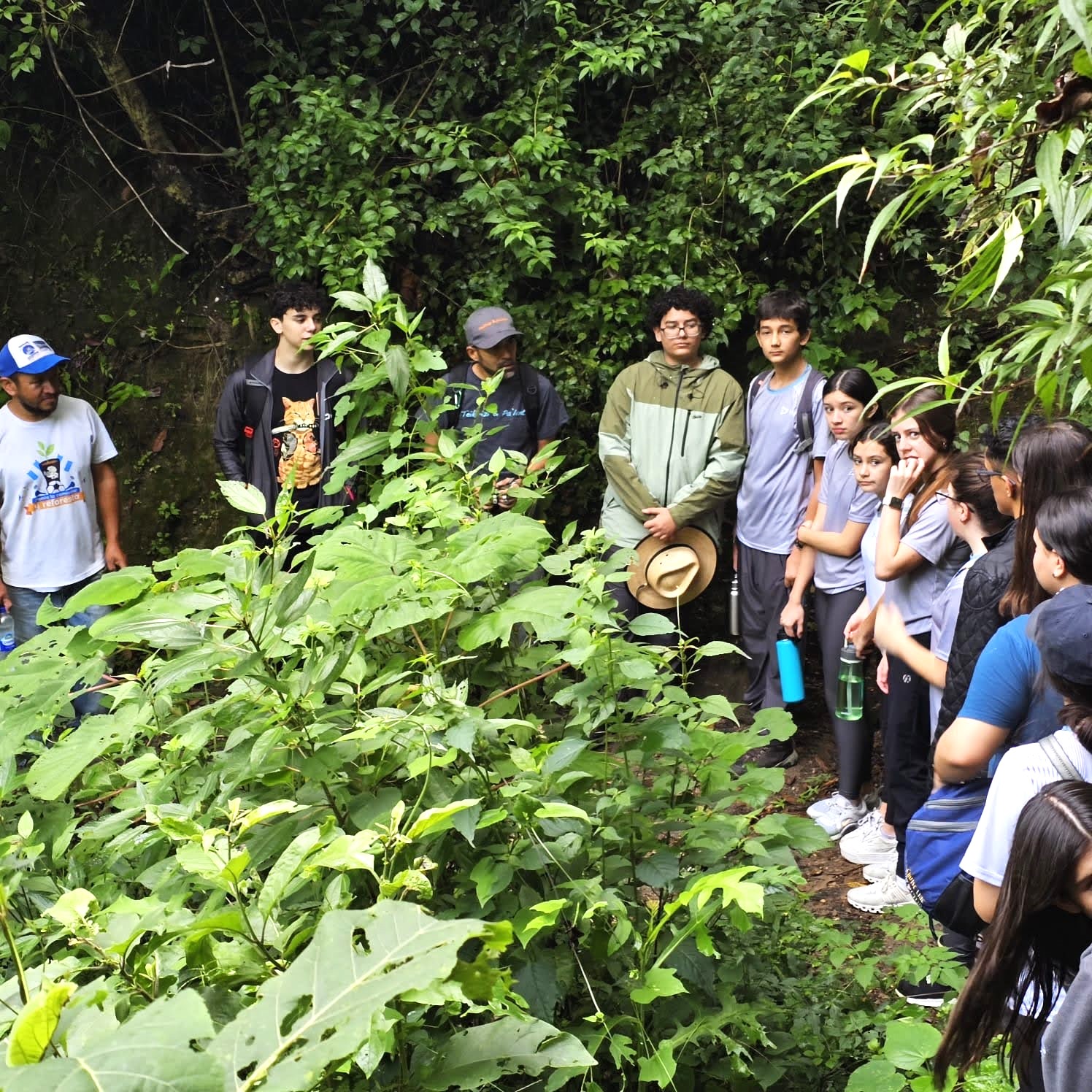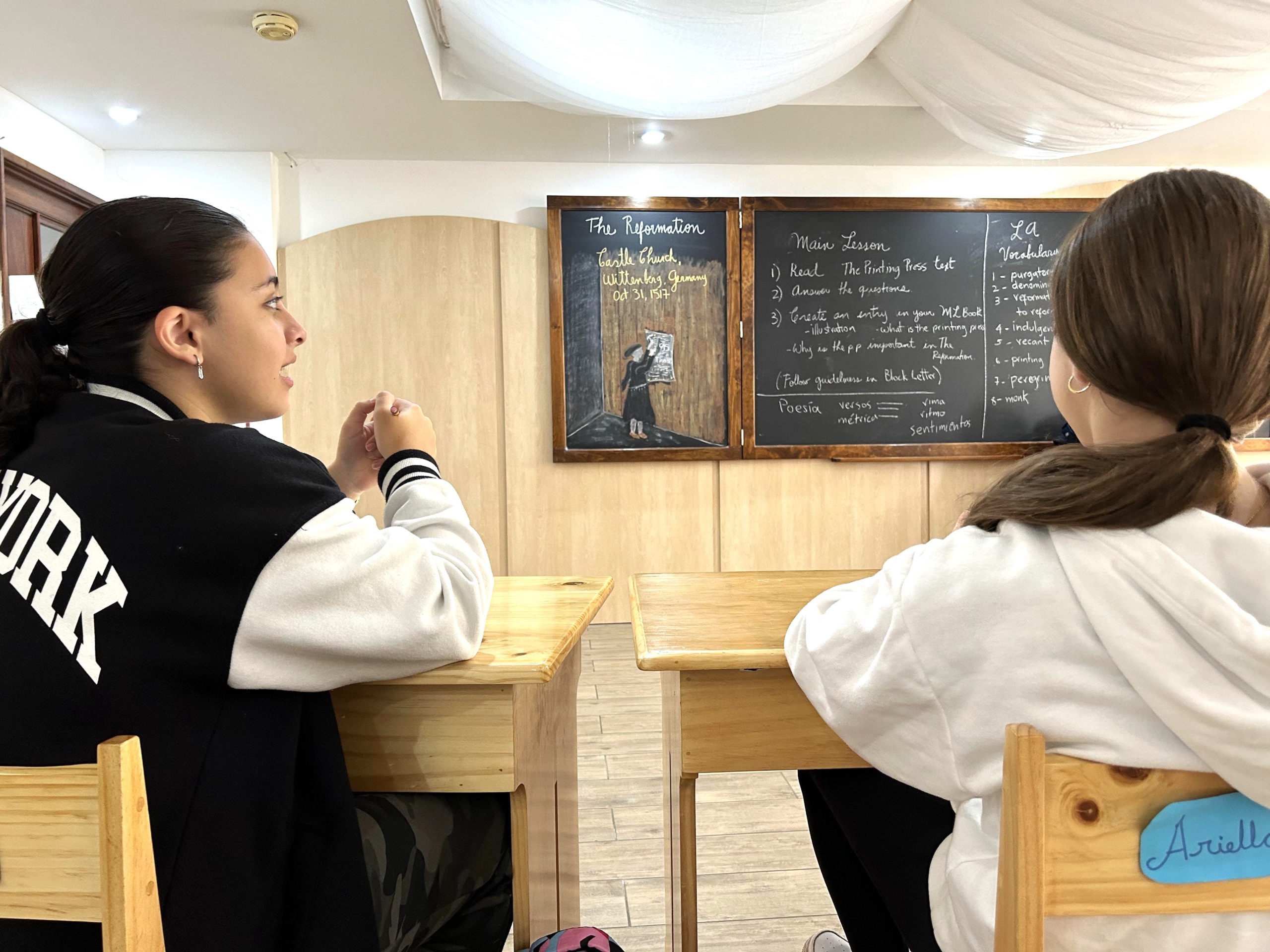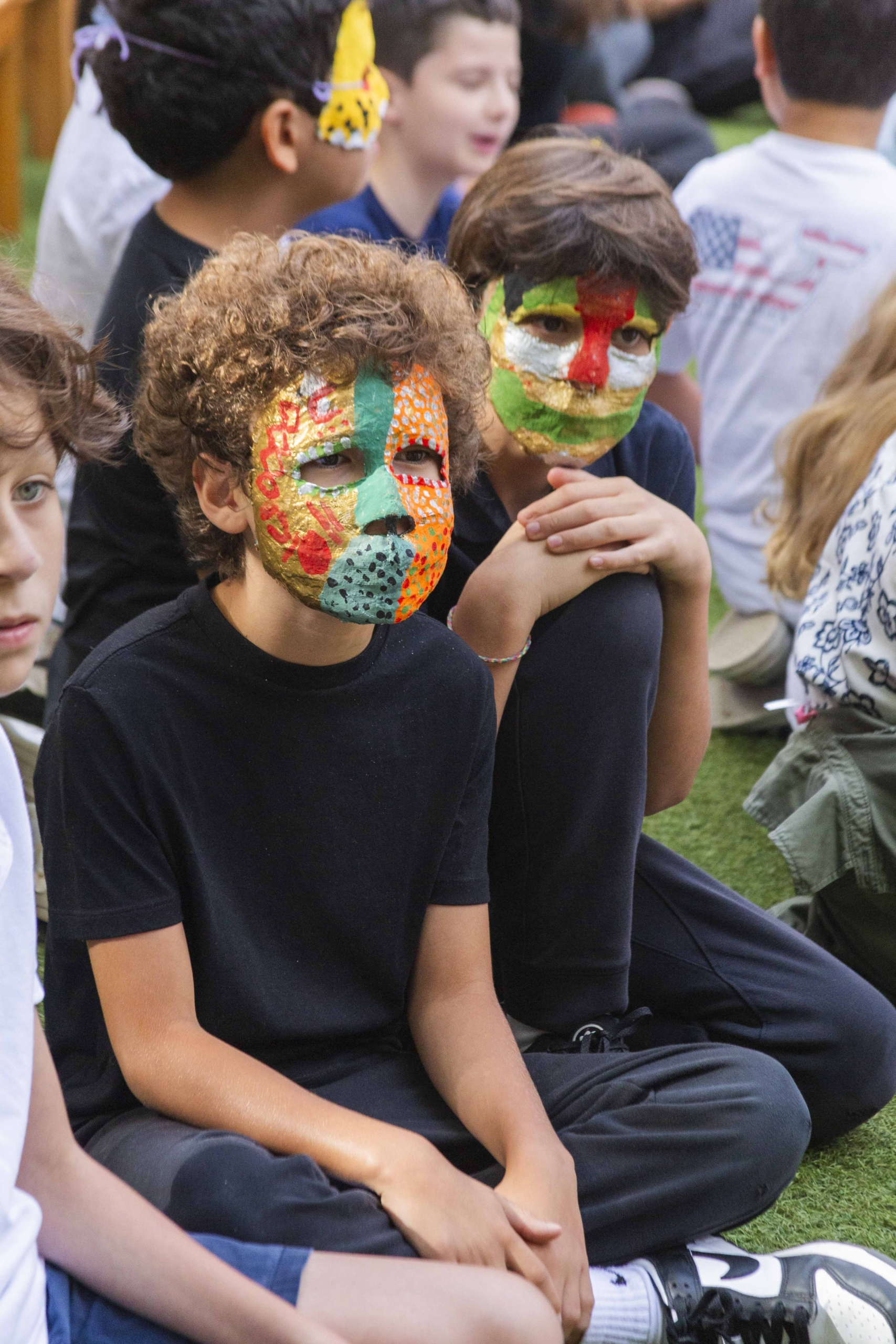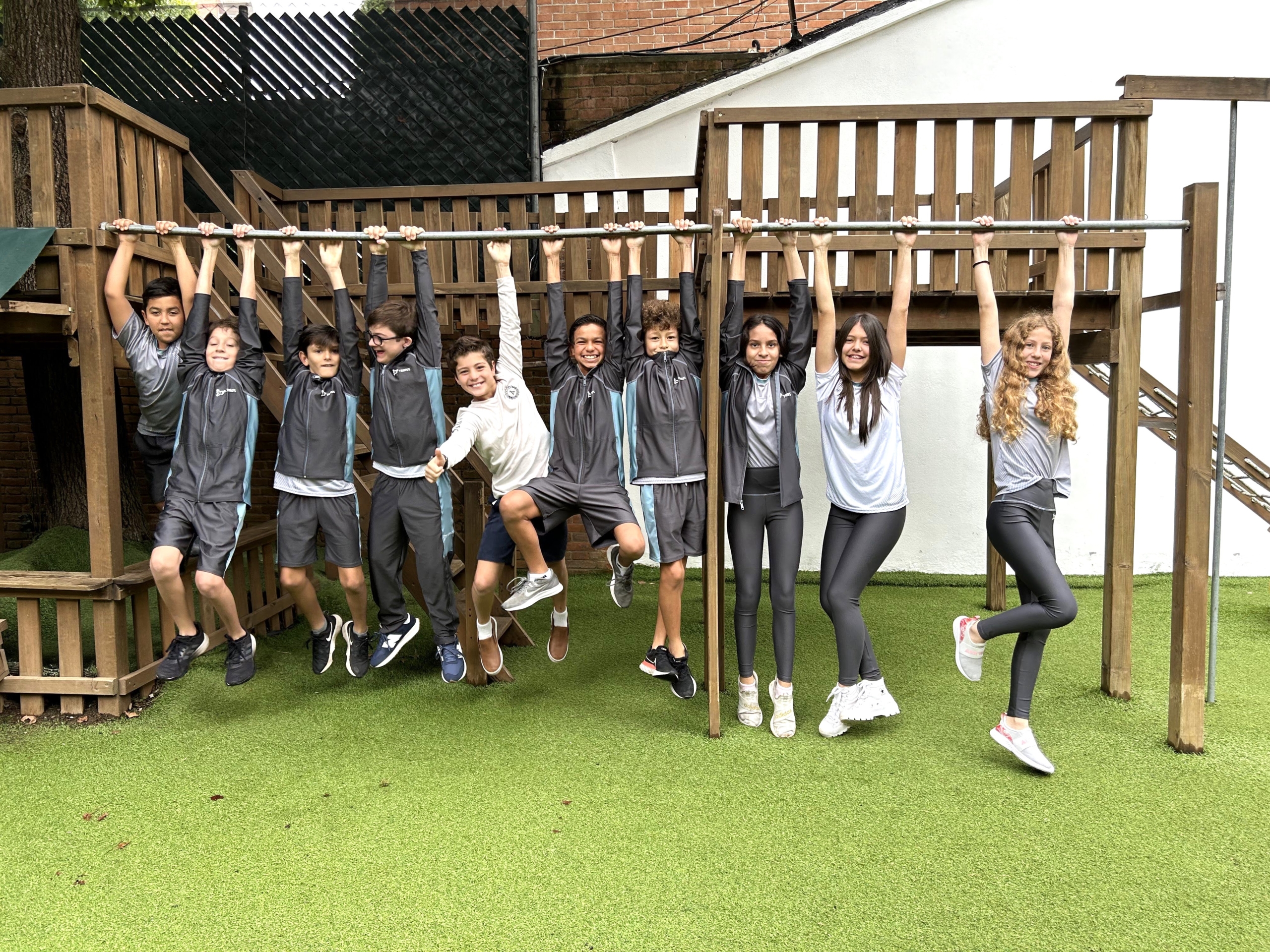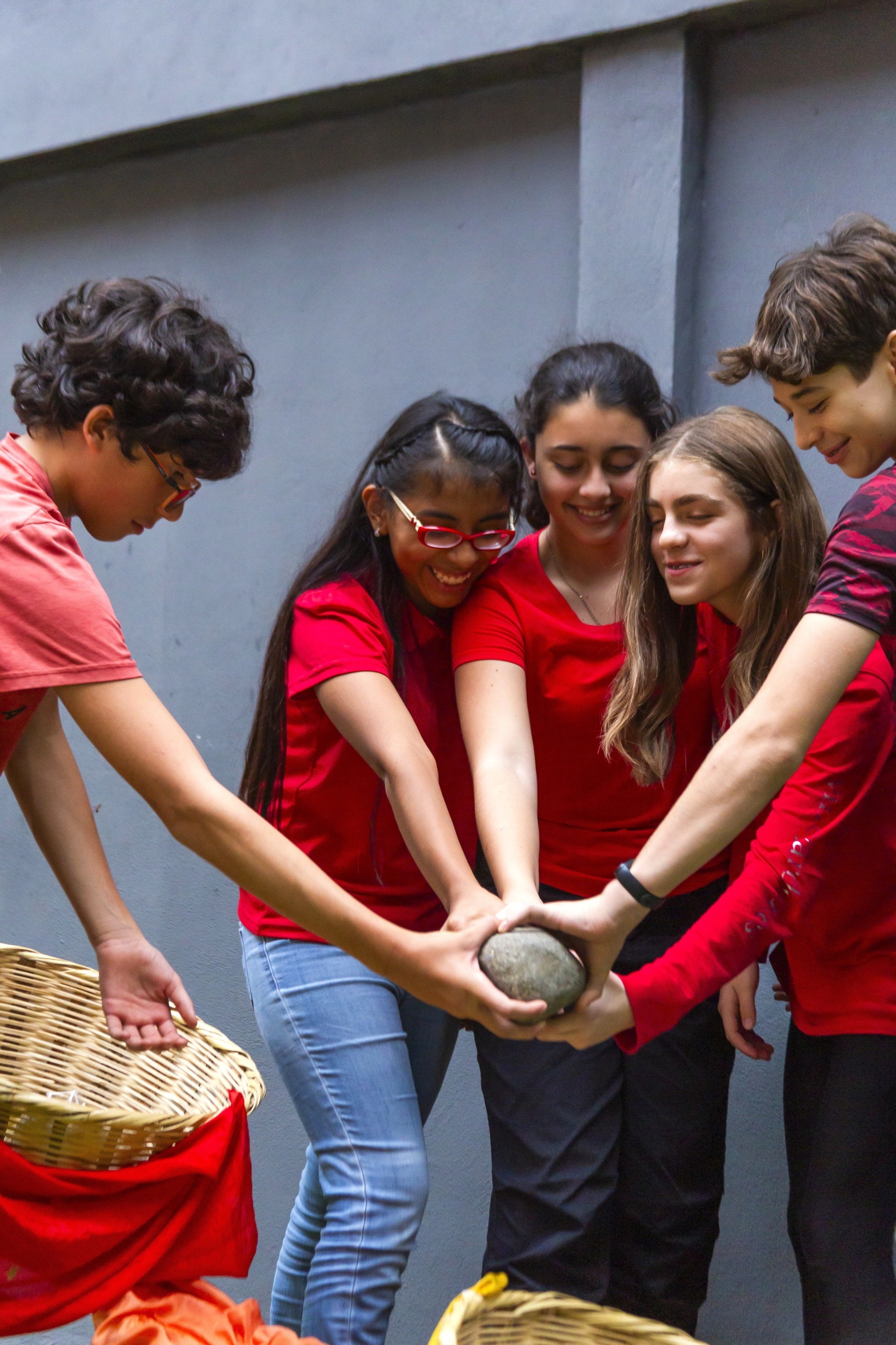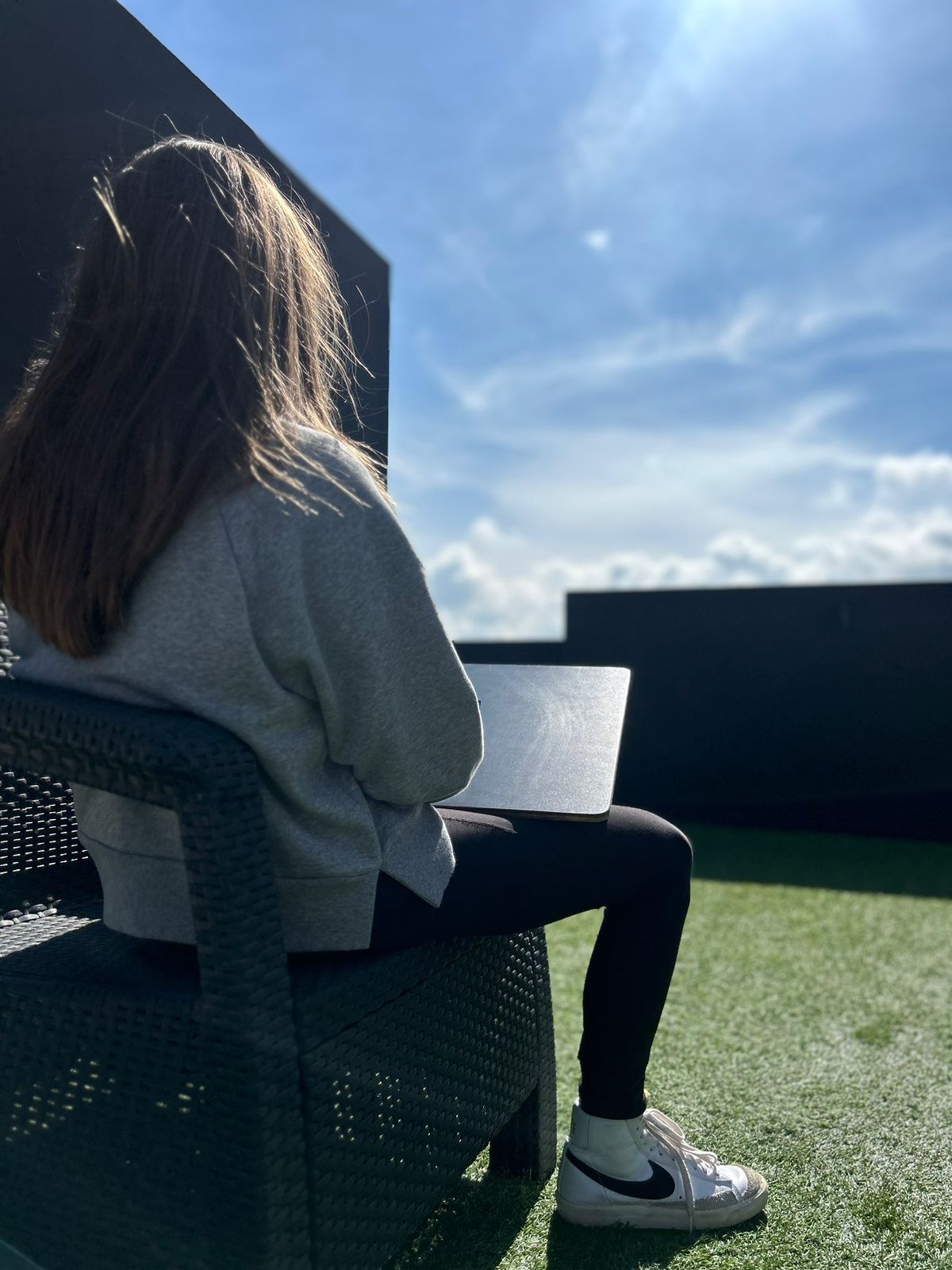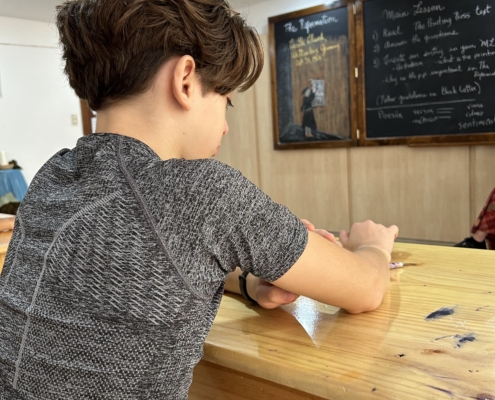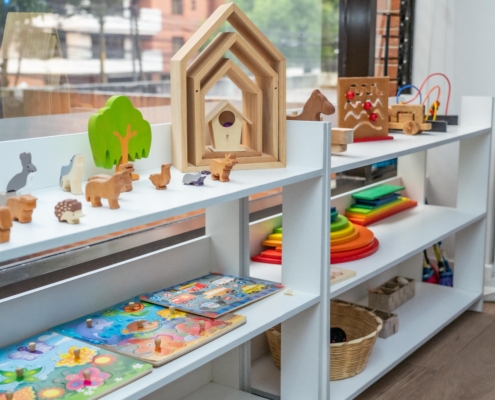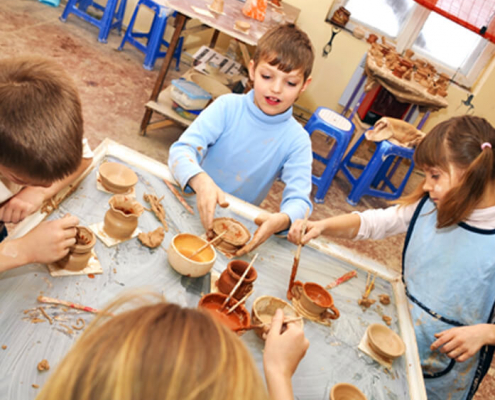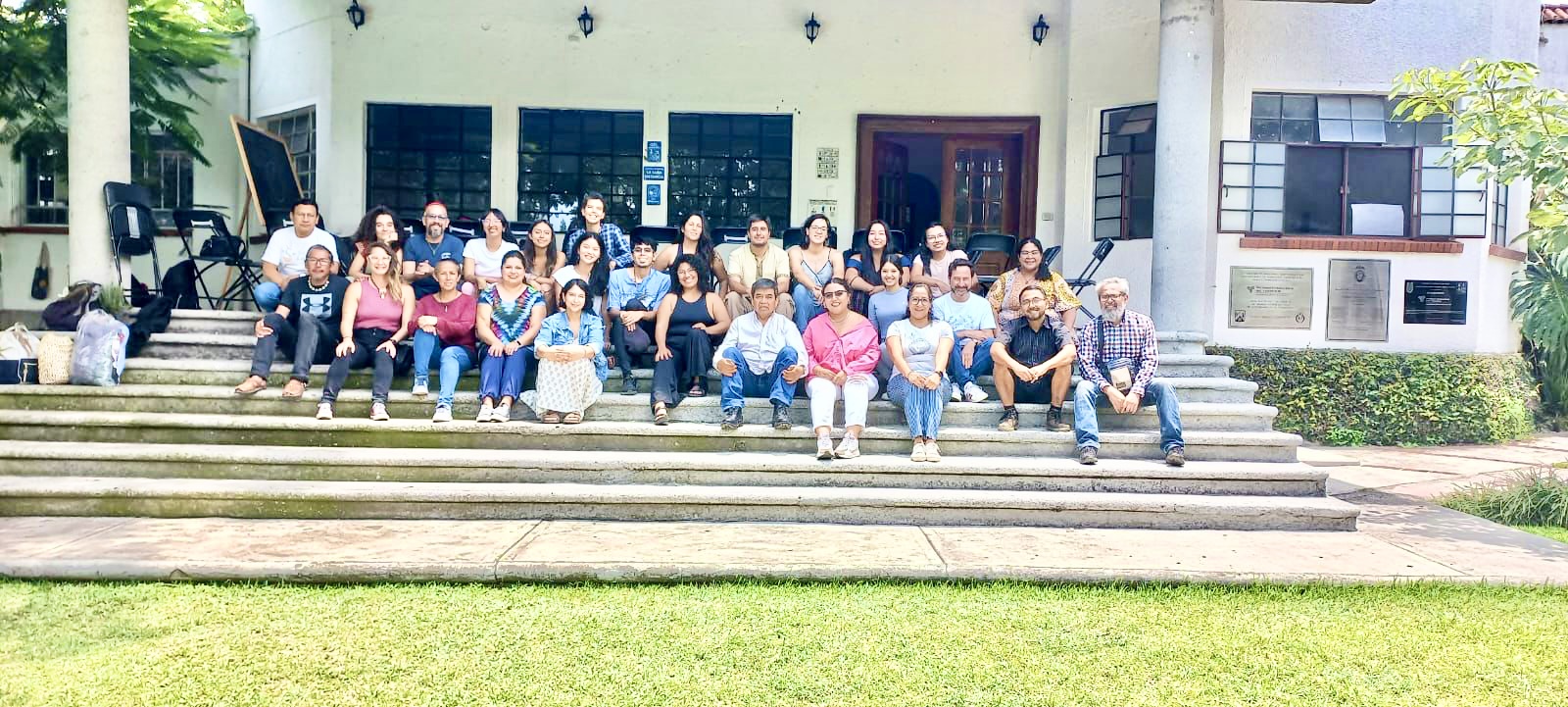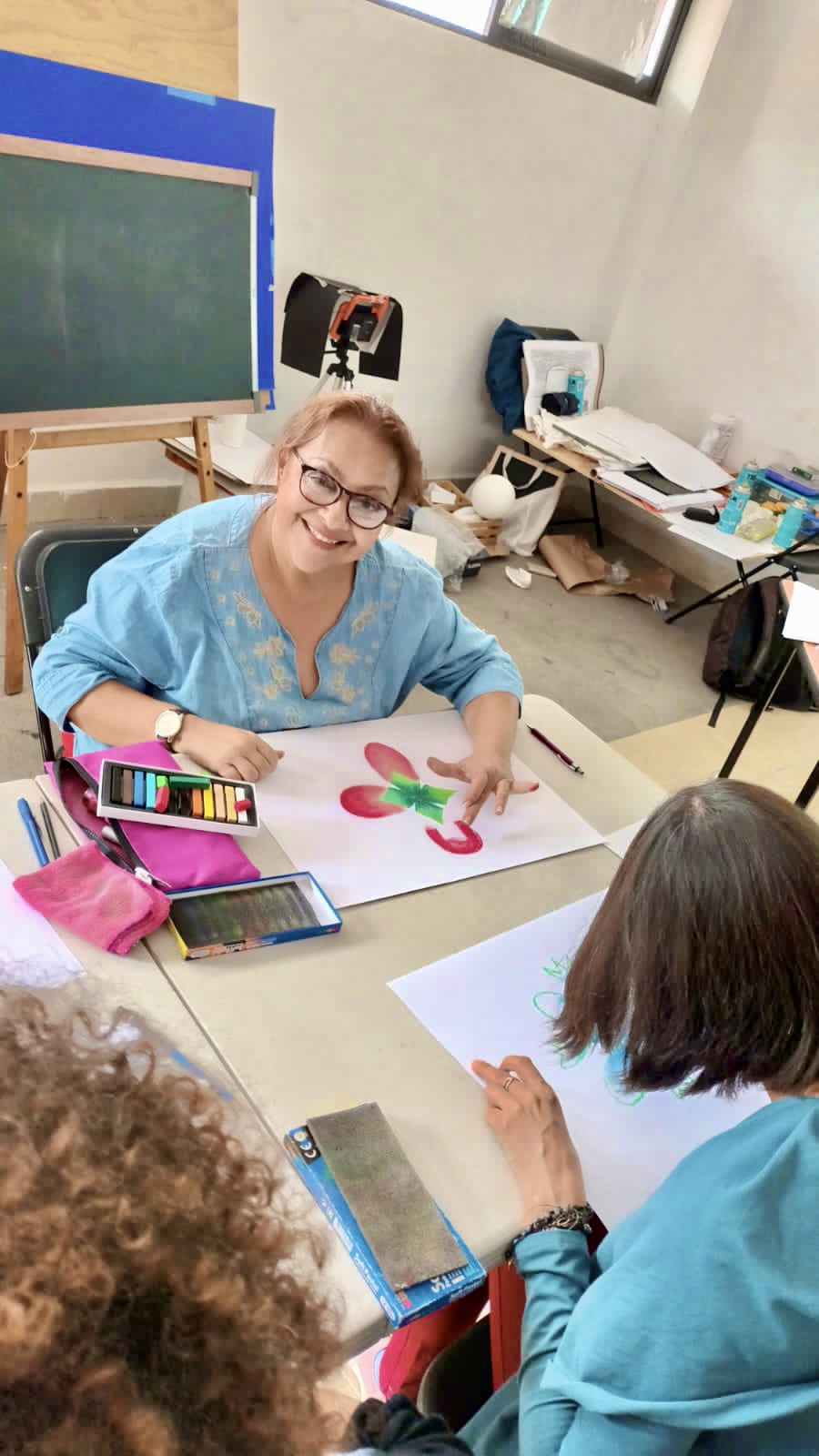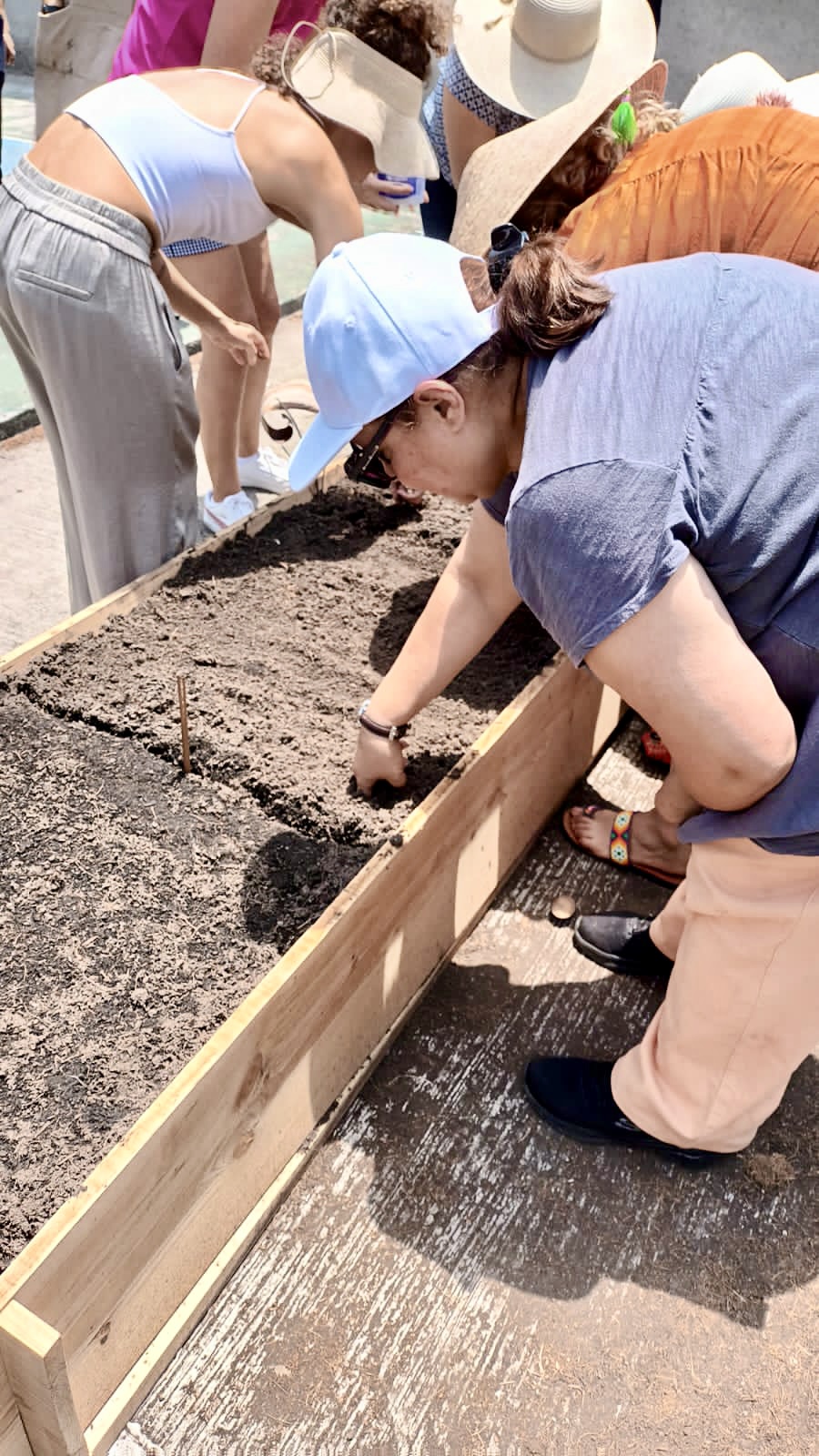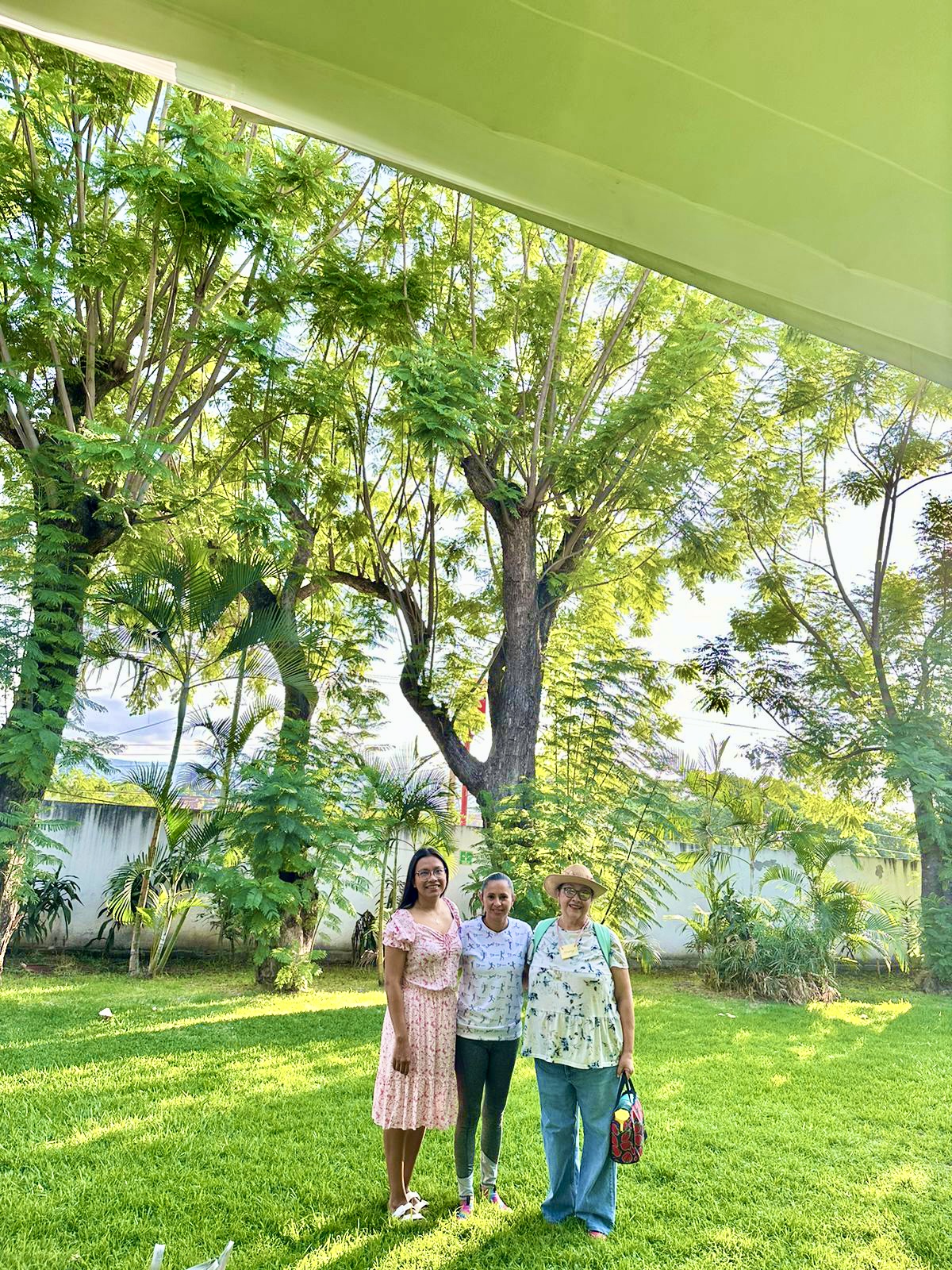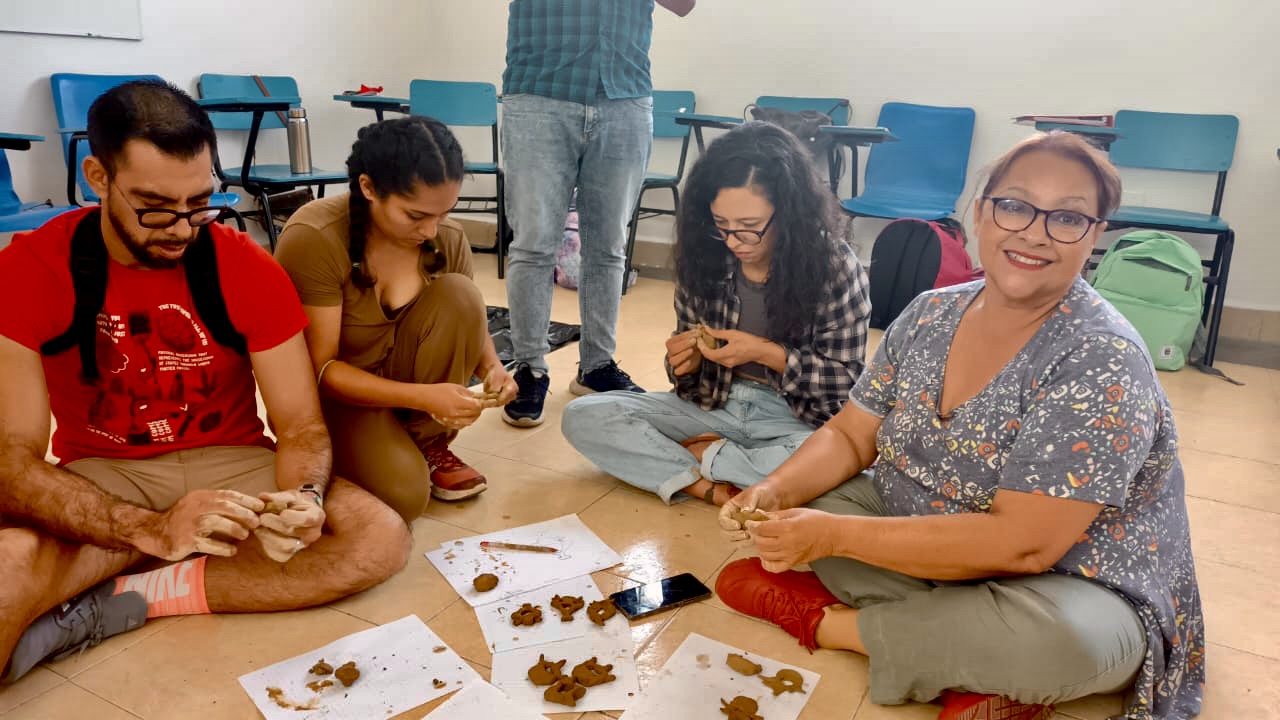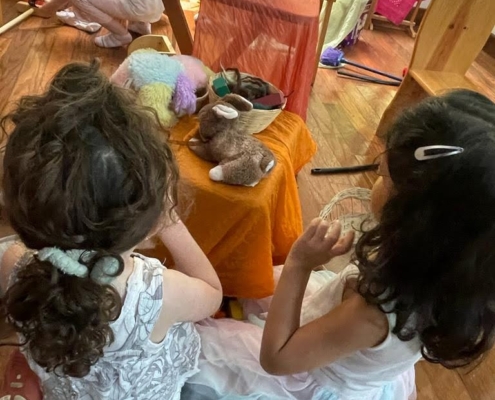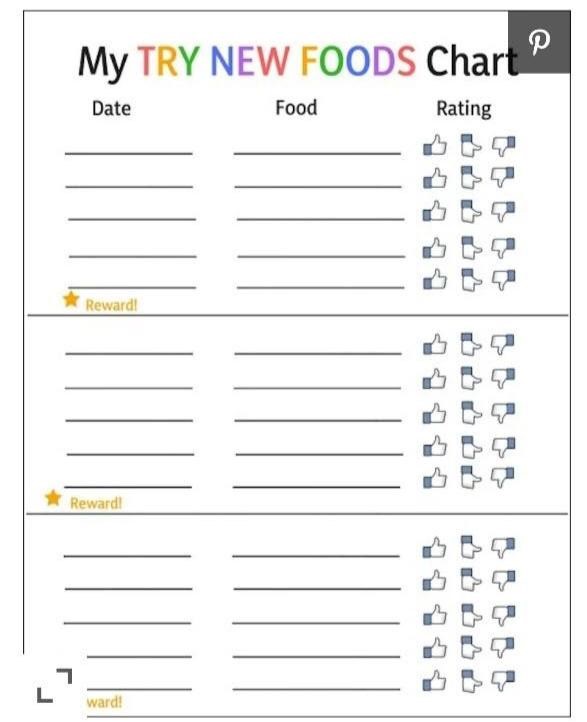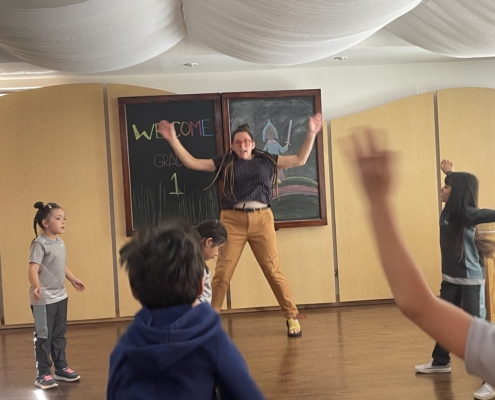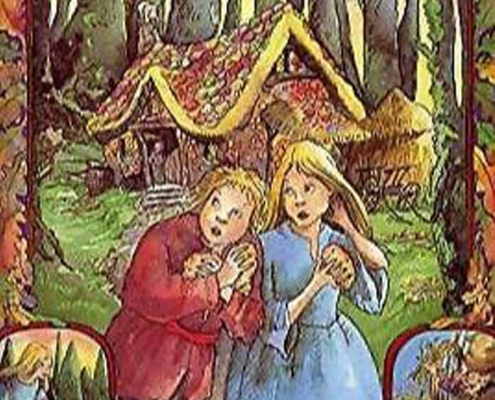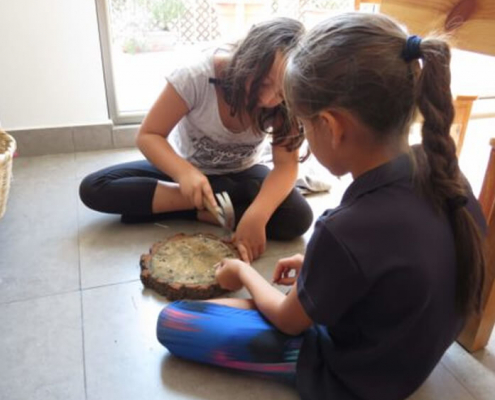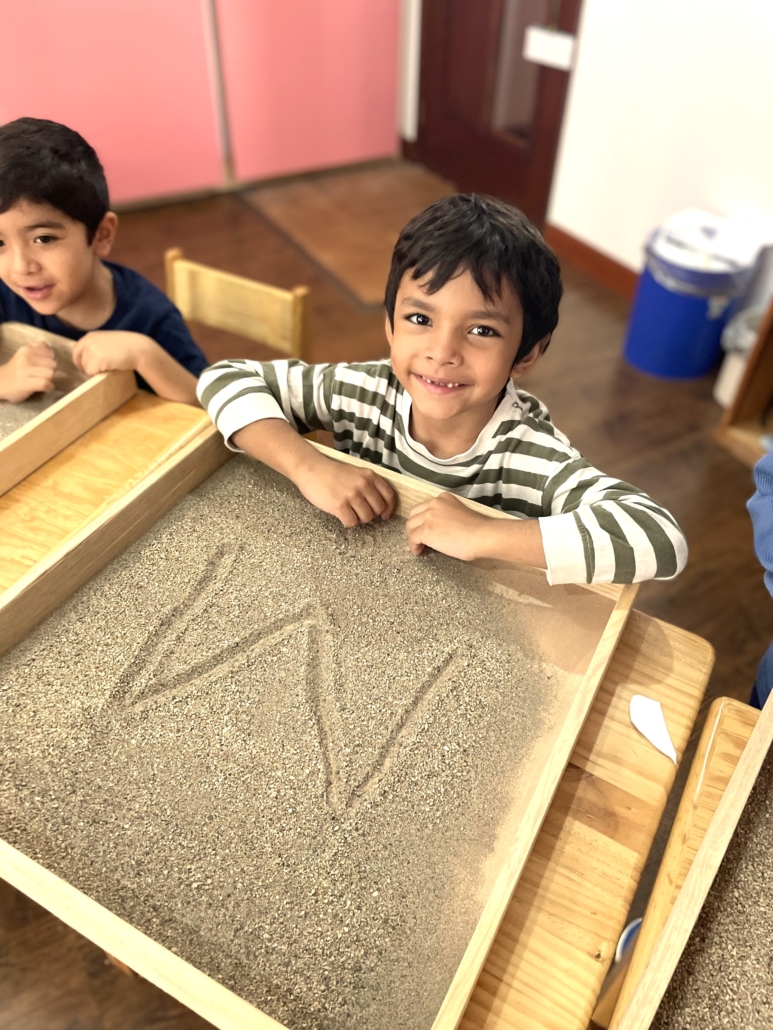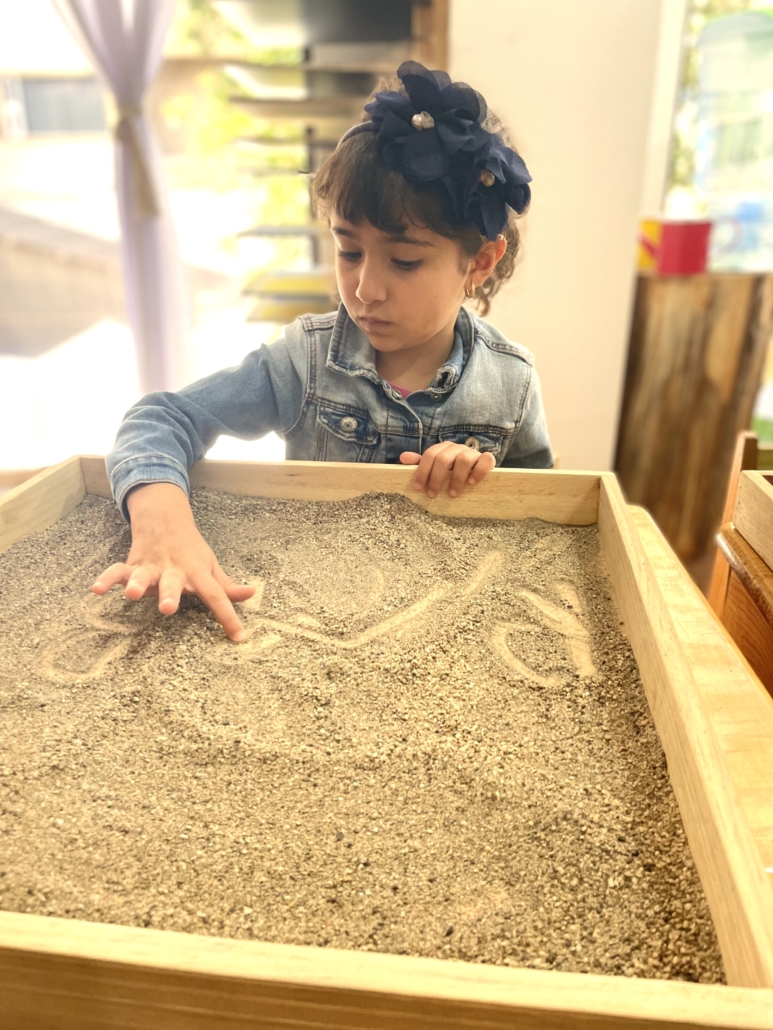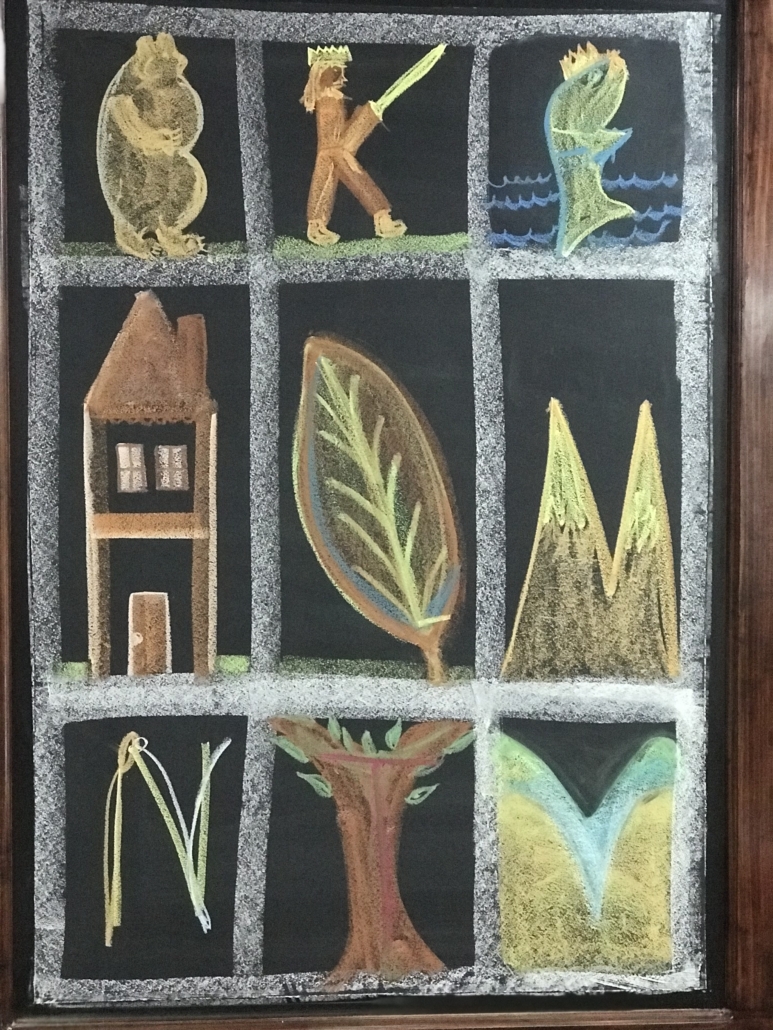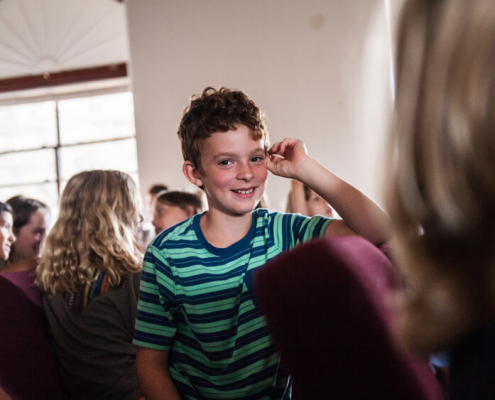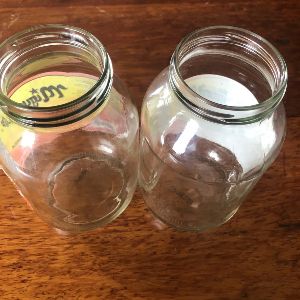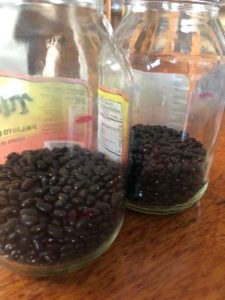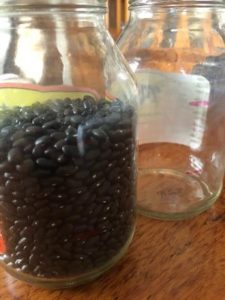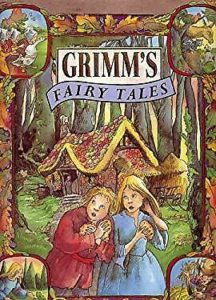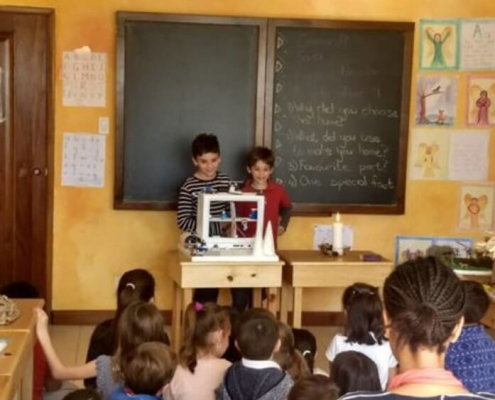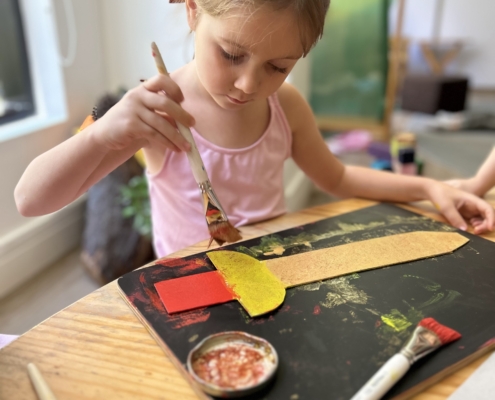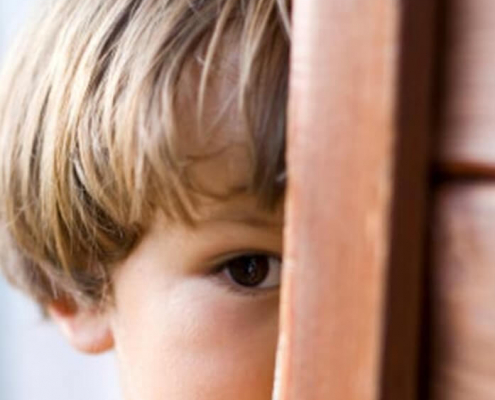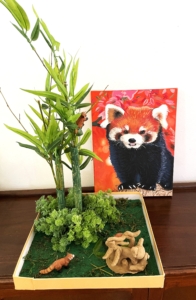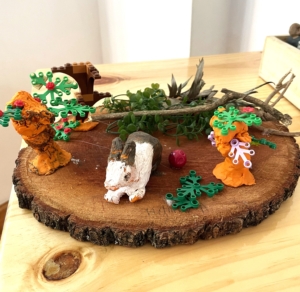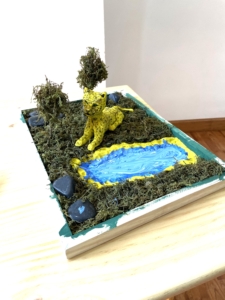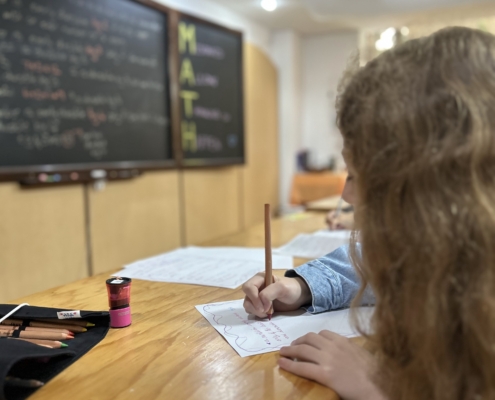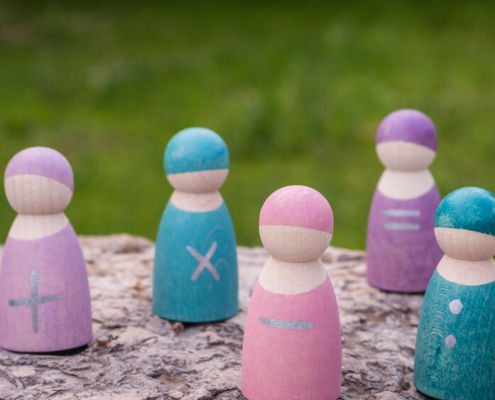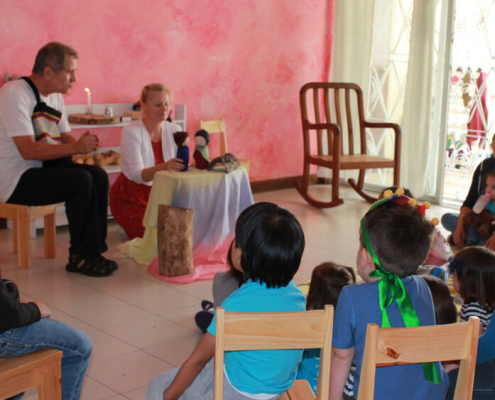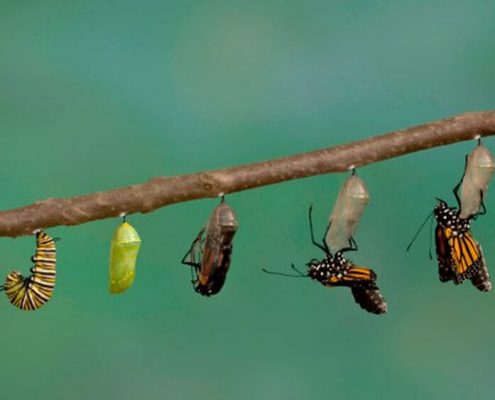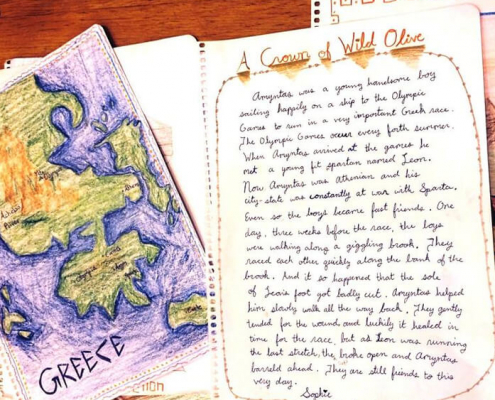Harvest Festival
Text from the book Celebrating Festivals with Children, by Freya Jaffke
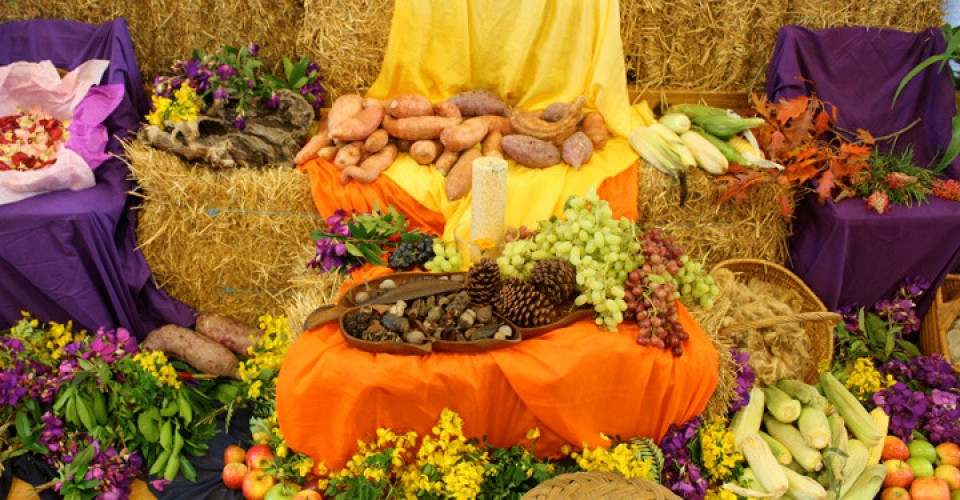
Creating the mood ourselves
Once the sun has reached its highest point at St John’s, ripening and fruiting begin to come into their own. We gratefully receive the first gifts of nature, which follow in abundance through the autumn. However, we don’t only offer thanks for what we receive but also for everything that has contributed to the growth and flourishing. Our thanks are directed also to the life of the soil, the light and warmth of the sun, the wind and life-giving rain, the animal world in all its diversity, and the energy and activity of human beings. Thus gratitude can accompany us throughout the year and, when we think about it, is really owed to all realms of life. This is one of the most important virtues to nurture in children during the first seven years, but solely through imitation.
This deep-rooted gratitude, kindled in the kindergarten, transforms in the schoolchild into the capacity for love; and later, in the adolescent, is enhanced and extended into love of action and a sense of duty.
In autumn we connect gratitude with the harvest festival, which celebrates the moment when all the corn for our daily bread has ripened and been harvested.
We decorate the seasonal nature table with a golden-yellow cloth, with fruits from the garden, woods and fields, and bright autumn flowers. If you wish to add an art image, suitable pictures can be found by Van Gogh, who painted typical harvest scenes and gestures, or by Millet – to name two examples.
After the summer holidays, when the new school year begins, autumn is fast approaching, and the first harvesting starts. Fruits from our gardens or those brought by children can be made into preserves, jellies, or dried, accompanied by delicious aromas. With wonder, we find a star in every apple that we slice open crossways. And unconsciously children experience how heaven with its stars works itself into the form of fruits. While cutting up apples, we meet a little worm from time to time. Yes indeed, that little fellow knew which the tastiest apples were – and so we leave him a little piece of apple and put him with it on the compost heap. There’s no question of disgust, and children sense without any instruction that everything in the world has its rightful place. The carrots and radishes that we pull out of the vegetable patch in the garden taste especially good. And the slices of carrot, compared with the apple, reveal more of a solar quality – for in every slice we can find a little sun. We smell lovely aromas while gathering leaves of lemon balm, thyme, and sage, which we will later make into tea or use when cooking.
The time of gathering and harvesting has begun, and so we take little baskets with us when we go on walks, to collect rosehips, beechnuts, conkers, acorns, and colorful leaves. We also spend a lot of time with the different sheaves of grain, from which we can weave a large harvest wreath. For days the children sit amidst a mountain of straw, helping to cut the stems to length or making themselves straws for playing with. Most of the straw is bundled up again and kept for late autumn when the rose bushes must be protected for the winter, or for making a new roof for the bird table. We will also need a little for the crib in Advent. The remaining straw is burned in the small fireplace outside, to the children’s excitement.
Now we start threshing the ears of wheat, an activity which continues for several days. To do this we lay a large cloth on the floor, and around it thick, folded cloths as knee cushions. In the middle stands a basket with ears of corn, another for the threshed as and a bowl for the grain. Children each have a small branch with which they hammer on an ear until all the grains have come out. They can be heard saying the verse which they know from ring game: “We’re threshing, were threshing, we’re threshing the corn.» After this, they collect their grain in their little wooden bowls. Of course many grains and husks remain behind on the doth. These will later be carefully poured into a large wooden bowl. Next the teacher lifts some grain up in her hand and, as she lets them pour back slowly into the bowl, we blow the husks away on the wind. We don’t want to lose a single grain.
Next the grain is milled with a hand-mill. Even the three-year-olds want to be the miller for a moment or two. Apart from a hand-mill one can also give the children old coffee grinders for milling, with the screws set not too tight. Milling like this is hard work, and the grinders must be held firmly between the knees.
For some of the bigger children, this is a welcome challenge. The resulting coarse meal then has to be milled a second time, which is easier.
We use the meal to bake the big harvest loaf. While one group may, as a blessing, engrave the sign of the cross on the round loaf, another group may draw sun rays on it. On the day before the festival we decorate the corn wreath with nuts and fruits.
The Harvest Festival
We invite parents to attend our harvest festival. For parents new to the kindergarten this is a wonderful opportunity to become better acquainted with kindergarten life and the parent community. On the morning of the festival, the children bring baskets that they have carefully arranged with a grown-up at home, containing washed fruit, vegetables and flowers from the garden; or, if they don’t have a garden, things they have found in a walk. Mostly these little baskets are beautifully decorated with flowers and colorful leaves. All the baskets are placed on the harvest table in the middle of the room. The great round loaf occupies the centre of the table, surrounded by flowers, ears of corn and candles.
We begin the festival altogether, parents and children, with the harvest ring game which we have been playing almost every day in preceding wecks. After this we sit down in a big circle around the harvest table and light the candles. We say the grace by Christian Morgenstern, which we all know well, and which encompasses the whole of Creation in simple words:
Earth who gave to us this food,
sun who made it ripe and good:
dear earth, dear sun by you we live,
our loving thanks to you we give.
Then everyone forms a little receiving bowl with their hands and is given a piece of bread. As we share this we sing a song about where the bread has come from. Without prompting, everyone waits until the last person has received their bread and the song has fallen quiet. Honey-salt bread has to be chewed really well, so we sit quietly together and enjoy the taste. Afterward the children offer the teacher a little fruit from their basket (apples, pears, or plums). With the help of two adults, we cut this into pieces, place them on plates, and the children pass these to everyone in the big circle. We end the meal as we do every day, by holding hands and saying:
For food and drinks
we give our thanks.
After the candles have been extinguished, everyone goes outside into the garden, where the parents light a little fire and wrap potatoes, which have been partially pre-cooked, in silver foil. While the potatoes are cooking in the fire, the children watch the flames or play in the sand or in the meadow, or help arrange wooden stumps around the fire for sitting on. Then at last the first potatoes are taken out of the fire with long tongs or gods, the follis removed and they are eaten. To end the festival, each child receives a little bunch of corn with a strawflower, which was made in the preceding days from different types of corn, in the presence and with the help of the children.
Looking back we can say that this festival is a culmination of a long harvesting period. Our thanks – this time for once actually expressed in words – lives in an unconscious and less articulated form in every gesture through the weeks of preparation. For many days after the harvest festival we continue to have a special morning snack with the fruit and nuts from the children’s baskets. Again, there will be plenty of opportunities for the children to help. Especially popular, for instance, are potato men» accompanied by grated carrots and apple, honey-salt bread with butter and herbs, or a vegetable soup.
And so the festival echoes on a little, in a lovely fashion.
The harvest wreath, which now hangs without fruits under the overhanging roof outside, is visited by a flock of sparrows who each day leave behind a scattering of husks and chaff.
